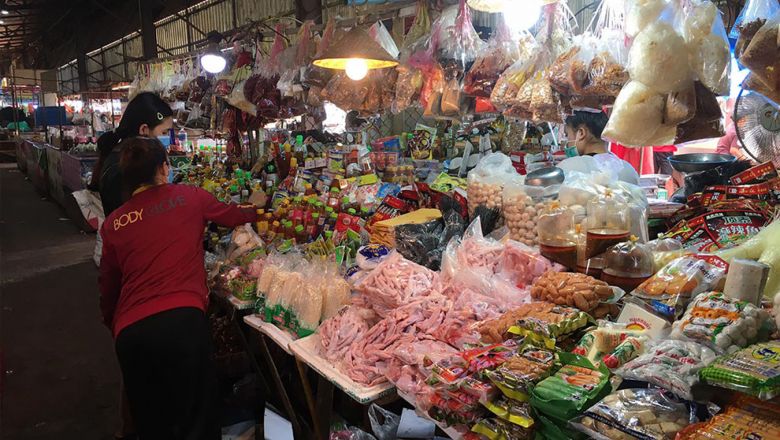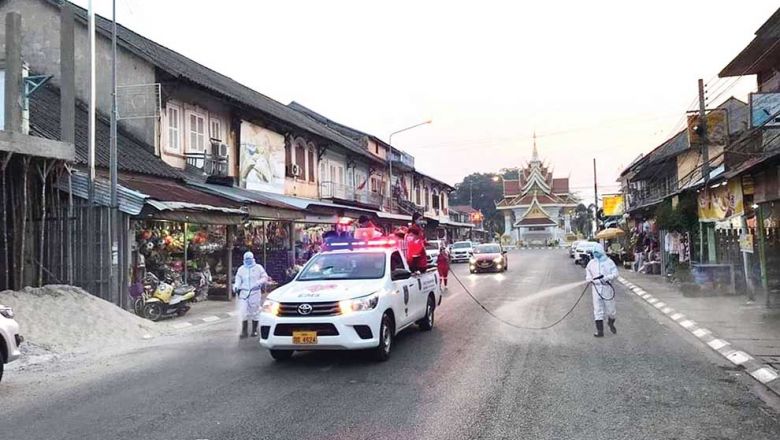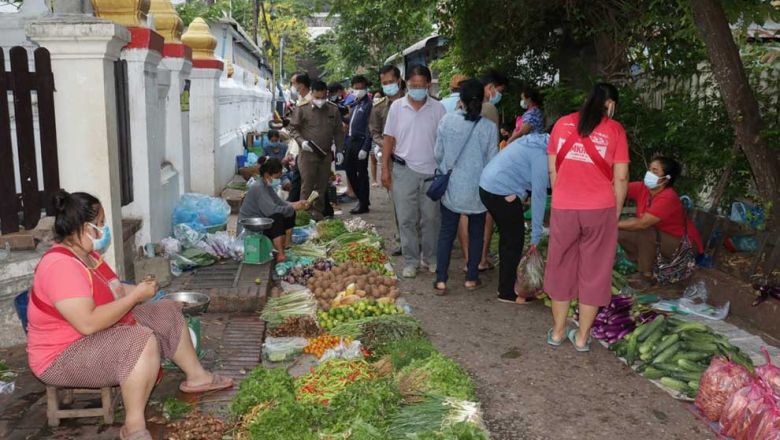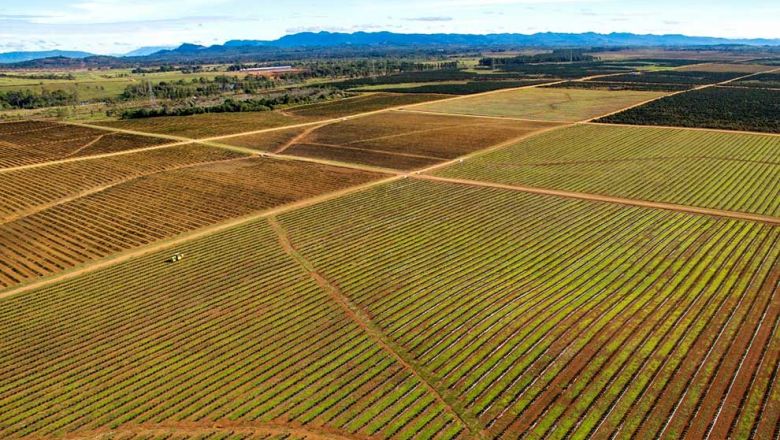Drought could drive inflation in Laos: economist
Drought could drive inflation in Laos: economist
Asenior Lao economist is concerned that the recent drought could drive inflation in Laos after hectares of crops including rice have been damaged by the less than ideal climatic conditions.
The inflation rate in the third quarter of fiscal year 2014-15 remained low despite the rising value of the country's imports and the money circulating in the economy.
In April, the Consumer Price Index stood at 123.38 with the inflation rate at 0.95 percent. This trended upwards to 1.19 percent in May and 1.37 percent in June, according to the Bank of the Lao PDR.
A senior Lao economist from the National Economic Research Institute, Dr Leeber Leebouapao told Vientiane Times yesterday that “We are quite lucky that although more money is circulating in the economy, our inflation rate remains low, meaning that our supply is satisfying demand.”
However, Dr Leeber was concerned that inflation may rise next fiscal year as the recent drought has impacted the crop produ ction of farmers throughout the entire country, particularly in regards to rice.
“The drought has damaged many hectares of rice in most provinces of Laos which could lead to rising prices of rice next fiscal year, and t hat could drive inflation upwards,” he said.
Despite its financial stress, the government has put measures in place to manage inflation and ensure that it is lower than the rate of economic growth.
Nevertheless, Vientiane residents are still complaining about rising living costs in Laos, saying that prices of products may have increased a little this year but they were coming from an already high base.
By comparison, in the third quarter of fiscal year 2013-14, the inflation rate was recorded at an average of 4.7 percent monthly, mainly driven by the food category.
Dr Leeber said the reasons behind the falling inflation rate were attributed to a number of factors including the drop in fuel prices on the world market and the cut in government spending.
This year economic growth in Laos was recorded at 7.5 percent mainly driven by the private sector in the aftermath of the government's revenue shortfall.
The value of exports reached only US$1.6 billion or equal to 38.4 percent of the annual plan. Meanwhile the value of imports in the past six months reached over US$2.39 billion, an increase of 22.9 percent compared to the same period the previous year and was equivalent to 50.9 percent of the annual plan.
Dr Leeber said the majority of im ported products were those used in the productivity sector which in return could contribute to boost economic growth.
In gen eral, the inflation rate in Laos was lower than the rate of economic growth which was recorded at 7.5 percent this year.
Dr Leeber said one of the most significant things to do is to boost domestic production while reducing the value of imports. The government needs to assist farmers to reduce production costs and encourage them to increase their production.

















